nixgeek
TPF Noob!
- Joined
- Aug 19, 2017
- Messages
- 37
- Reaction score
- 7
- Can others edit my Photos
- Photos OK to edit
Hi All,
I've been at this photography thing for a year or so, and I've just invested in a proper macro lens.
Using A/F seems completely hit and miss, and I'm way too slow on MF to catch the spiders I love to photograph.
I'm doing way more spray and pray than I would like. I'd really appreciate any critique and advice to help me improve.
All images handheld, sometimes with a small light to keep the ISO under control.
Nikon D810 / 105mm f2.8 micro VR.
Some of my pics from the back garden are here.
*warning - contains spiders*
Macro
Thanks in advance
I've been at this photography thing for a year or so, and I've just invested in a proper macro lens.
Using A/F seems completely hit and miss, and I'm way too slow on MF to catch the spiders I love to photograph.
I'm doing way more spray and pray than I would like. I'd really appreciate any critique and advice to help me improve.
All images handheld, sometimes with a small light to keep the ISO under control.
Nikon D810 / 105mm f2.8 micro VR.
Some of my pics from the back garden are here.
*warning - contains spiders*
Macro
Thanks in advance
Last edited:


![[No title]](/data/xfmg/thumbnail/31/31041-5783ca3812325c3201a2dd513def662d.jpg?1619734584)
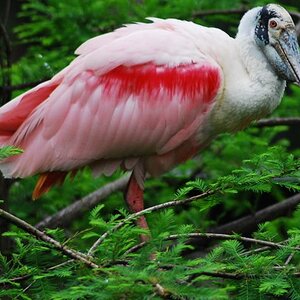
![[No title]](/data/xfmg/thumbnail/42/42487-e35b2848c41aeeb5a93f21809f036a1d.jpg?1619740196)
![[No title]](/data/xfmg/thumbnail/36/36300-760519cb9a8ebbfc57cc3d1fda5dd37c.jpg?1619737494)
![[No title]](/data/xfmg/thumbnail/31/31039-558cdb3d311dc67b7a2134527e230488.jpg?1619734582)
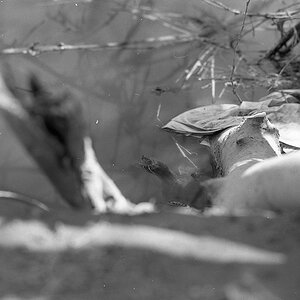
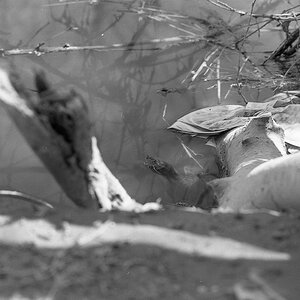
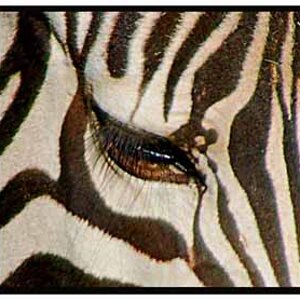
![[No title]](/data/xfmg/thumbnail/42/42486-757c2978c4ecfb0e9dbfca10a0e2d240.jpg?1619740196)
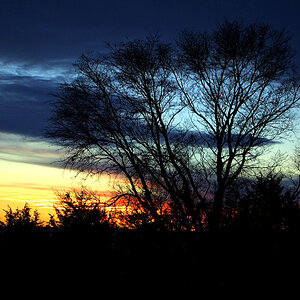
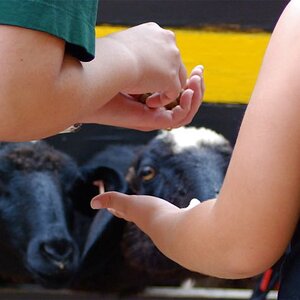
![[No title]](/data/xfmg/thumbnail/36/36301-27972c0474532c2ef657014362950733.jpg?1619737495)